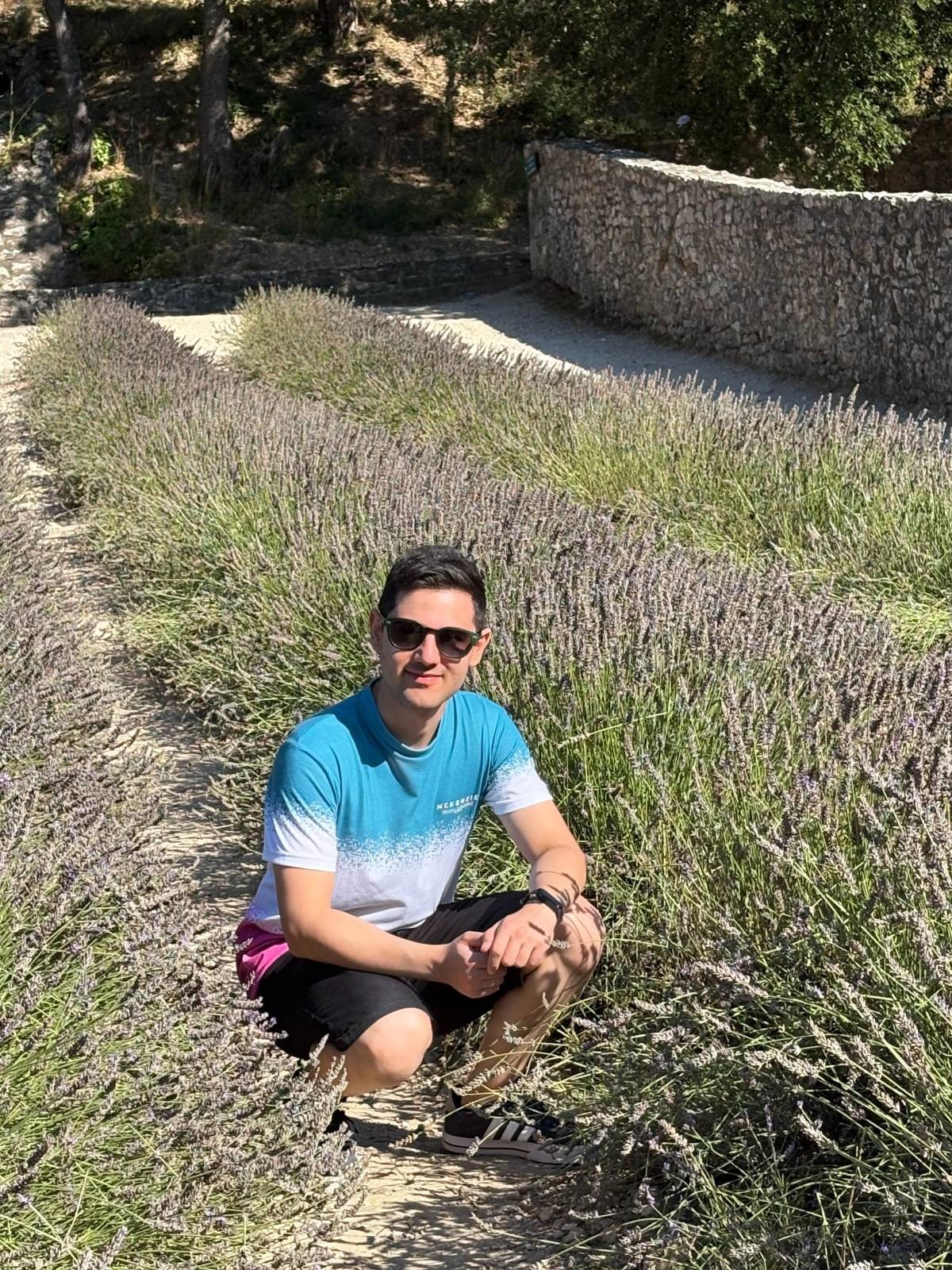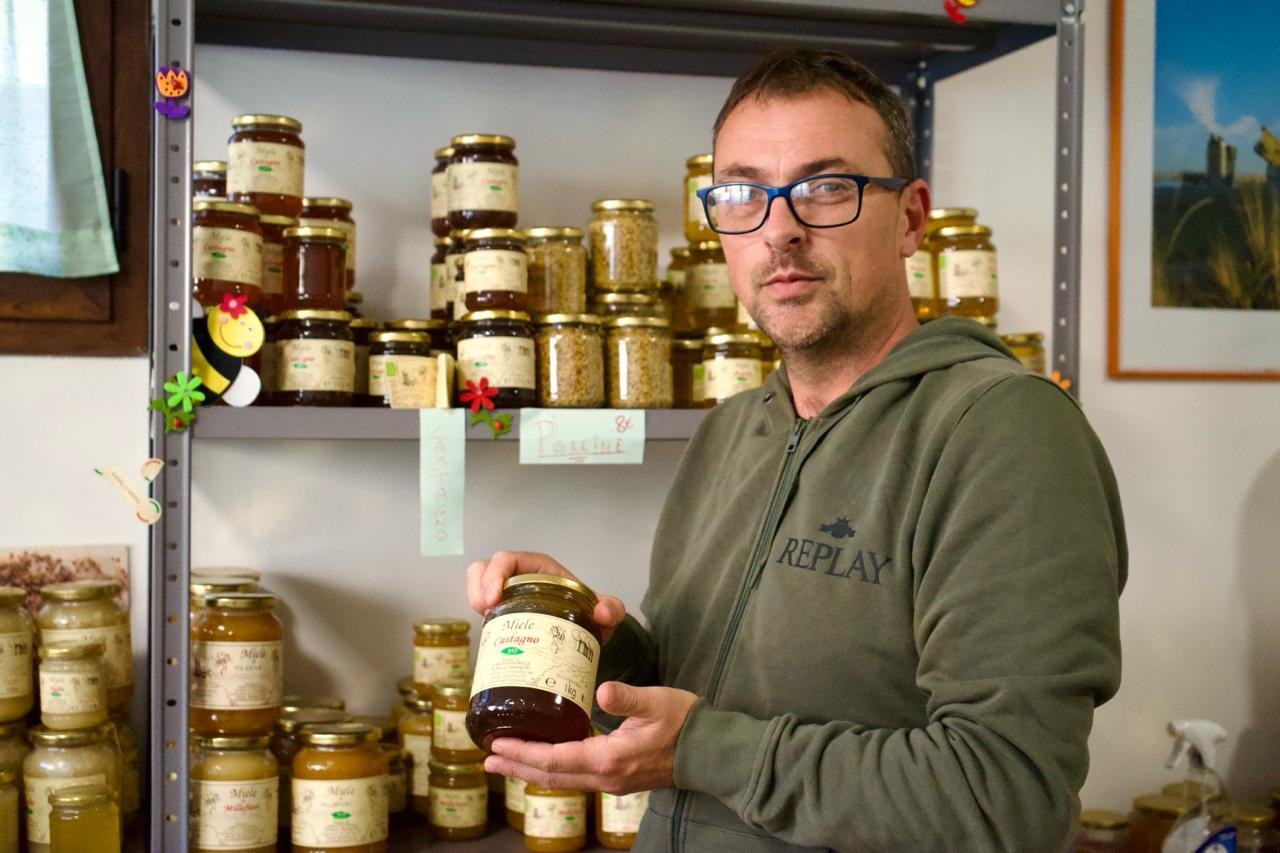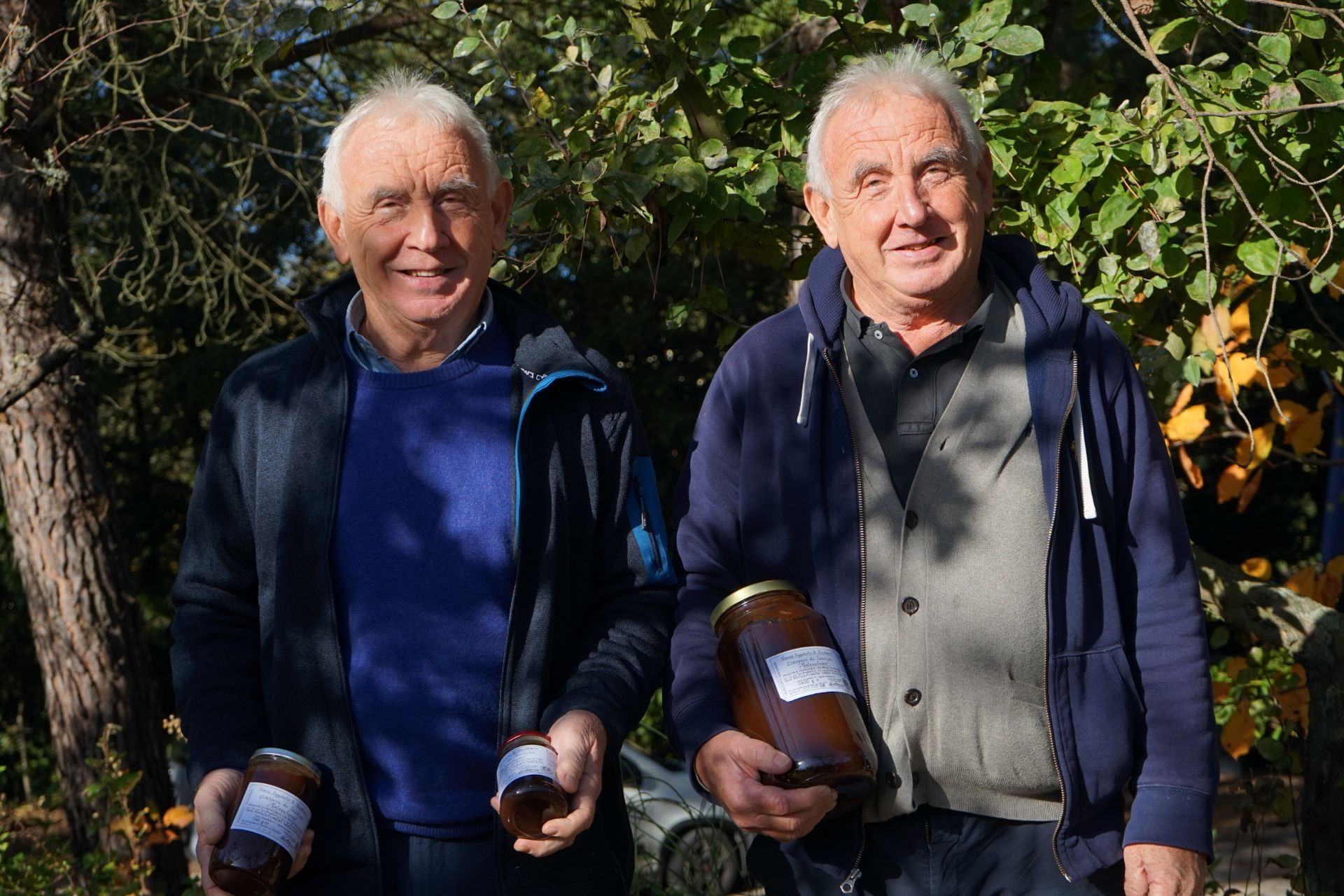Lonely Planet selects Tuscany and Valdichiana Senese for the 2024 edition of ‘Best in Travel’
Why you should visit this area of Southern Tuscany in 2024
Lonely Planet, the Australian publisher famous throughout the world for its orange-backed tourist guides, has announced its annual ranking of the 50 destinations to visit in the upcoming year. In 2024, Tuscany appears in the top ten dedicated to the "Regions", with a special focus on Valdichiana Senese.
If it is true that "Few places celebrate slow life or embody good living like Tuscany", as Lonely Planet states, Valdichiana Senese necessarily becomes a Tuscan corner not to be missed. In this land in the province of Siena, it is nature itself that requires respecting those slow rhythms forgotten elsewhere.
The landscape of the Valdichiana Senese is unmistakably marked by sinuous green hills and warm thermal waters, between blue and green, which have flowed into this land since forever. A landscape that has been preserved for centuries by local communities, and which today strikes travelers with its authenticity, offering those experiences "in perfect symbiosis with the territory" that travelers seek to learn about the history and stories of the places they visit.
Valdichiana Senese, Etruscan land: the last discoveries
Among the many travel drivers listed by Lonely Planet, there is no lack of emphasis on the archaeological discovery that has excited the Valdichiana Senese in recent years: the Santuario Ritrovato (i.e. "Rediscovered Sanctuary") in San Casciano dei Bagni, winner of the Archaeological Discovery Award 2023. Here, important testimonies that tell the Etruscan - Roman past of the territory have come to light, revealing a common cult of the two civilizations for the sacred waters that warm this land.
However, Etruscan traces are visibile in other areas of the territory as well. In Valdichiana Senese, talking about the Etruscans means talking about Chiusi, one of the ancient dodecapolis, place of birth of the famous Lucumone Porsenna and today keeper of extremely important collections, divided between the National Archaeological Museum and the Civic Museum "The Underground City" .
But Lonely Planet also recommends Chianciano Terme and Sarteano, which can boast equally evocative Etruscan finds. In Chianciano Terme, important testimonies of the daily life of the Etruscan inhabitants of the Valdichiana Senese are preserved in the Civic Archaeological Museum, managed by many volunteers who became protagonists of the local excavation campaigns. Here there is the largest collection of canopic specimens in the world, as well as an interesting section entirely dedicated to Etruscan women. In Sarteano, one is left speechless in front of the Tomb of the Infernal Chariot, in the Pianacce Necropolis: a place with a singular, dark but extremely fascinating atmosphere, which amazes with the vivid colors of the paintings that decorate the walls, creating an ideal journey towards the afterlife.
A history 25 centuries long
The many paths that run through the Valdichiana Senese, to be explored slowly by walking, cycling or on horseback, lead from one location to another, towards new travel tips.
We are in Tuscany, and the panoramic views encountered along the routes are marked by the skyline of the hamlets, which rise at the top of almost all the hills. Remaining in the south of the Valdichiana Senese, a destination to which Lonely Planet dedicates particular attention (and an entire segment in the new "Tuscany" guide) is Cetona, a village perched at the foot of the mountain of the same name. A small center used to welcoming great personalities (for example, the designer Valentino), whose origins lie in ancestral eras (visit the Civic Museum for Prehistory of Mount Cetona to learn about the first traces of human life in Valdichiana Senese).
From south to north, and from village to village, Montepulciano stands out over the surrounding countryside. There are many tips from Lonely Planet for experiencing this place and letting yourself be enchanted by its Renaissance beauties. Don't miss the best-known attractions (from Piazza Grande to the Temple of San Biagio), but the invitation is to get lost in the alleys of the historic centre, in search of new glimpses that emerge here and there, where the walls open onto the landscape of the Valdichiana, to be admired while tasting a glass of Vino Nobile di Montepulciano DOCG.
The red thread of the Renaissance leads us from Montepulciano to Torrita di Siena, a village that can boast masterpieces by masters of the fifteenth and sixteenth centuries. Here Donatello left traces of his passage (with the lunette “The Blood of the Redeemer”) but for those who love looking for hidden gems during their travels, a stop at the chapel of the “Madonna delle Nevi” is recommended, a small Tuscan Sistine Chapel, magnificently frescoed by Girolamo di Benvenuto.
Beauty that is also contemporary
Sinalunga and Trequanda, in the north of the territory, complete the multi-faceted mosaic of the Valdichiana Senese. In Trequanda, one's gaze gets lost in the historic rural landscape that surrounds the village (the first in Italy to receive this certification); here, the myth of Tuscan slow living becomes reality, among artisan workshops that pass on the ancient tradition of terracotta (in Petroio, a hamlet of the Municipality of Trequanda, there is a beautiful museum dedicated to the local production) and intense flavours. Here, the hills are covered with olive groves and the connection with the rural soul of the Valdichiana Senese area is very strong. The same can be said of Sinalunga, a village that develops in the shadow of the majestic Palazzo Pretorio. At its feet, the flat countryside is the natural habitat of Chianina, an excellent local product, the veal from which the authentic "Fiorentina" is obtained.
Between nature, culture, food and wine and archaeology, there are so many travel ideas contained in the beauty of the Valdichiana Senese.











